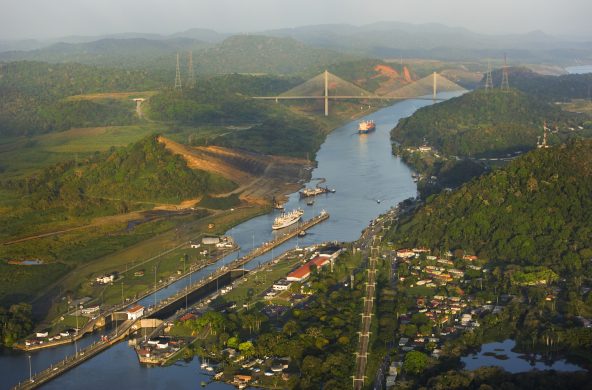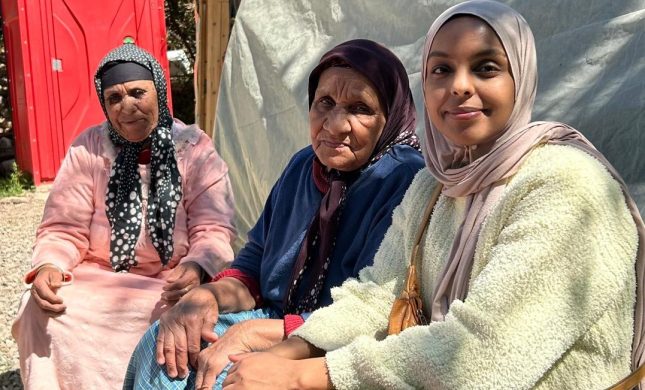GENEVA, 22. August 2008: India, Pakistan, Afghanistan and Indonesia are among the pivotal states identified as climate change hotspots – countries particularly vulnerable to the increase in extreme drought, flooding, and cyclones expected in the coming decades – according to a new report commissioned by humanitarian relief agency CARE International and the UN Office for the Coordination of Humanitarian Affairs (OCHA).
“Leaders and communities in these pivotal states and in other states at risk in the Sahel, Horn of Africa and southeast Asia are already facing enormous political, social, demographic, economic and security challenges. Climate change will greatly complicate and could undermine efforts to manage these challenges,” said Dr. Charles Ehrhart, climate change coordinator for CARE International and one of the report’s authors.
“Over the last few months, we have witnessed harrowing images of people struck by natural hazards in the most disparate parts of the world, including Hurricane Ivan in Madagascar, severe drought in parts of South and East Asia, and most recently Cyclone Nargis in Myanmar,” said John Holmes, United Nations under-secretary-general for humanitarian affairs and emergency relief coordinator.
The study looks at the most likely humanitarian consequences of climate change over the next 20 to 30 years. The authors map specific hazards associated with climate change, focusing on floods, cyclones and droughts.
“The likelihood of floods, violent storms and droughts resulting in disasters is determined by a number of factors, including timely access to proper equipment, information, and the capacity to exert political influence,” explained Dr. Ehrhart. “The striking lack of these explains why poor people – especially those in he added.
The study says that we will witness, and may already be experiencing, an increase in the intensity, frequency, duration and extent of many weather-related hazards. “However, these hazards will not necessarily cause a corresponding rise in disasters if world leaders act now,” said Dr. Ehrhart.
The most effective interventions to reduce human vulnerability include: 1) strengthening the response capacity of local actors and government institutions at all levels; 2) empowering local populations to have a strong role and voice in disaster preparedness, response, recovery and rehabilitation; and 3) providing essential services and long-term social protection systems for the most vulnerable populations.
According to the authors, the purpose of mapping these “hotspots” is to help policymakers grasp the extent of challenge the world faces, and encourage humanitarian actors to adapt their response strategies to the realities of the increased and, in some cases, novel risks emanating from climate change.
“Climate change is a wake up call for all of us,” says Dr. Robert Glasser, CARE International’s secretary general. “We must avoid relying exclusively on quick fixes like food aid that are necessary but do not address the underlying causes of the emergency and, most importantly, we ought to help people get back on their feet as soon as possible after the disaster has been tackled.”
Download a copy of the full report:
Humanitarian Implications of Climate Change:
Mapping Emerging Trends and Risk Hotspots
http://www.care.org/newsroom/articles/2008/08/climatechange_report.pdf?source=170860510000&channel=default
Kilde: Care International















